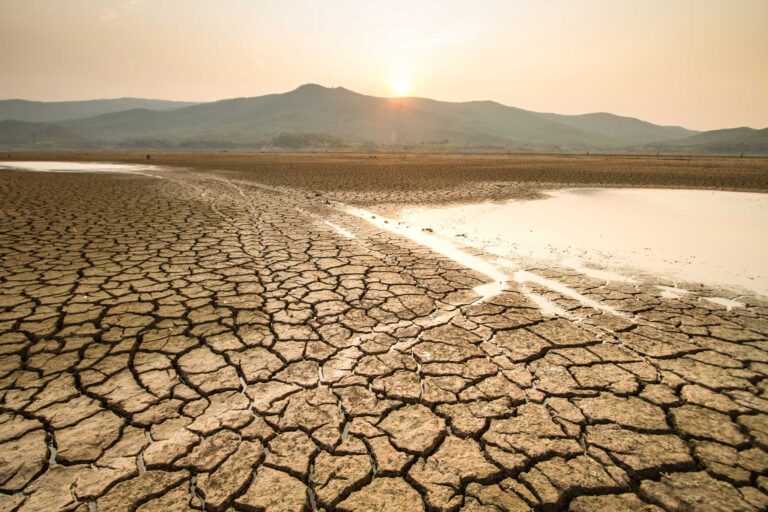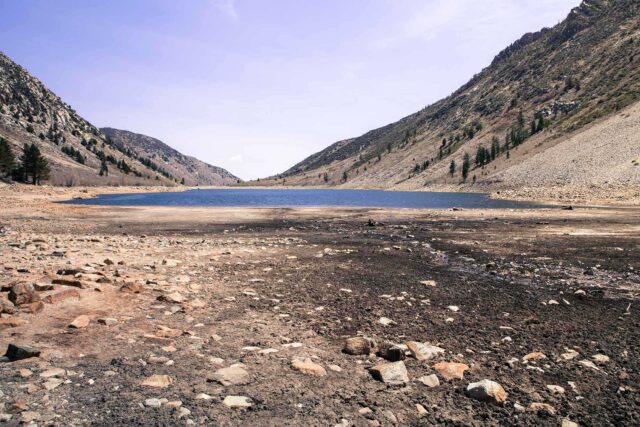This commentary was published in CalMatters on June 9, 2021
Drought is here—and we’re beginning to feel the effects.
A majority of affected households during the last drought were in the San Joaquin Valley and these same communities are among the most vulnerable this time. As California faces a second year of drought, many are left to wonder, “What can be done to help?”
Last time, small rural communities reliant on shallow wells—many of them communities of color—were among the most affected. More than 2,600 households reported losing access to water because their wells went dry between 2012–16. (That number is likely an undercount as reporting was voluntary.) Much has changed however since the 2012–16 drought.
Drought reporting systems such as MyDryWaterSupply are available today, and better data on domestic well depths and locations, as well as groundwater levels, aid our understanding of drought risk. We used these data to develop a model that estimated which wells went dry during the 2012–16 drought.
Using the same methodology, and assuming that the decline in groundwater levels will be similar to declines observed in 2012–16, we ran different scenarios to forecast the impacts of the current drought. Results suggest that around 2,700 wells could go dry this year, and nearly 1,000 more next year if dry conditions persist.
Nearly half of these wells are in Fresno, Madera, and Tulare counties, but wells are also expected to run out of water in the wetter Sacramento Valley this time.
We also estimated costs to fix these wells by lowering pumps and drilling deeper wells. Thankfully, the total cost is not huge: $14 million for this year, and another $7 million for next year.

Drought in California is to be expected, and this time around, state and local partners are in a better position to take action before taps run dry. In the wake of the last drought, a County Drought Advisory Group, including representatives from counties, tribes, community organizations, and other stakeholders, worked with the state to improve understanding of the problem and recommended actions to improve drought preparedness. Many counties have established local drought task forces that are poised to act.
The fledgling groundwater sustainability agencies, created following the mandate of the 2014 Sustainable Groundwater Management Act, will also be key partners in this effort, and many are already engaged in vulnerable well protection analyses and programs.
Moreover, the state has pledged funding to help: the governor’s current budget proposes $27 million for drinking water drought emergencies. This could accelerate local efforts to protect households against water outages by lowering pumps, drilling deeper wells, consolidating households into water systems, or staging emergency water tanks.
Although it’s not easy to anticipate where problems will occur with perfect accuracy—our model, for example, can’t pinpoint every single at-risk well—counties and the state can now identify hotspots and signal to all stakeholders where problems are likely to occur.
A key difference between this drought and the last drought is timing. Last time, the state’s help mainly came in the form of water deliveries after wells went dry. This time, the state can help counties, groundwater agencies and local partners identify susceptible locations and implement rapid solutions, including drilling deeper wells and preparing tanks for water deliveries before wells go dry.
Short-term relief actions deserve rapid attention this year to maintain water service. If the drought continues, the state will need to look to longer-term solutions, such as connecting people to more resilient water systems, as was done in the San Joaquin Valley community of East Porterville.
There’s no question that communities reliant on shallow wells for drinking water are vulnerable. But with funding and cooperation between state and local agencies, California can improve its capacity to mitigate the most significant drought impacts on at-risk communities, ensuring both access to safe drinking water and peace of mind.
To see the full dataset, PPIC Forecast of Dry Domestic Wells in the Central Valley, 2021 and 2022, click here.




